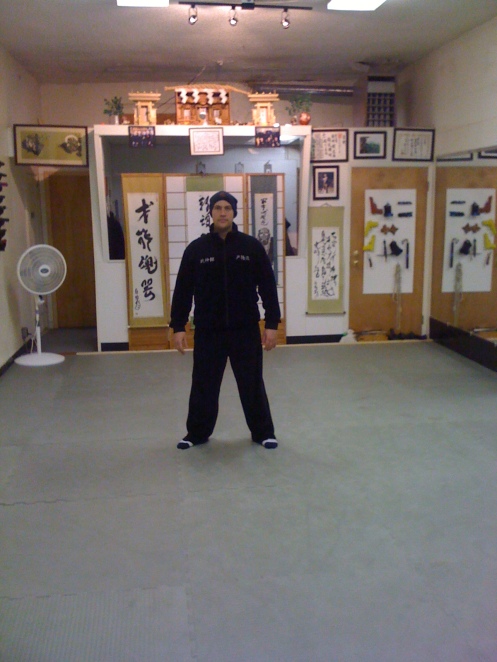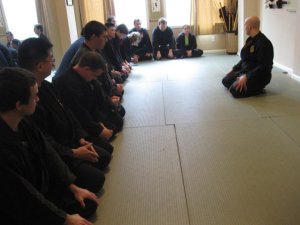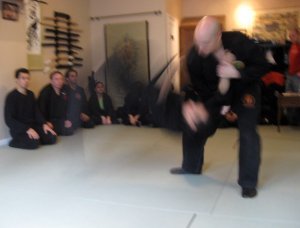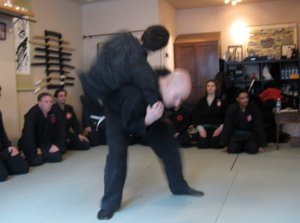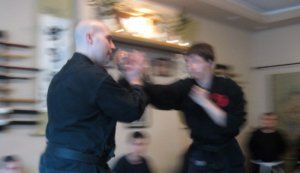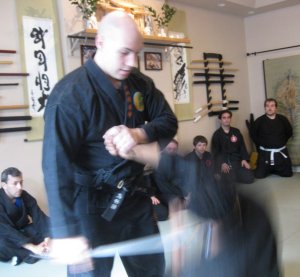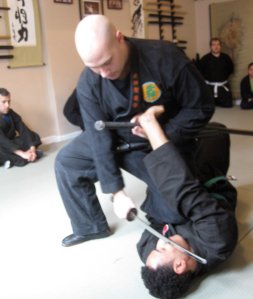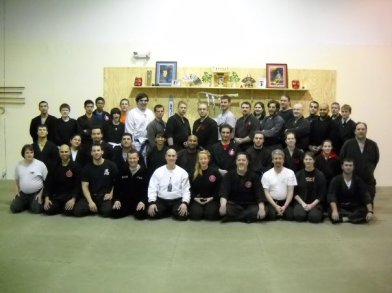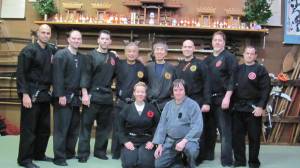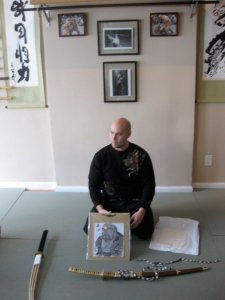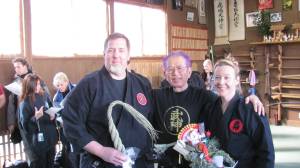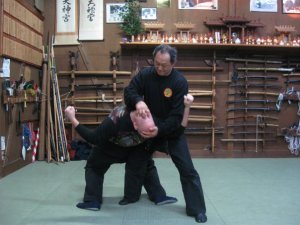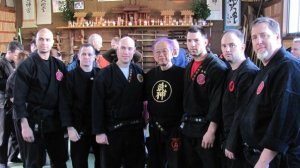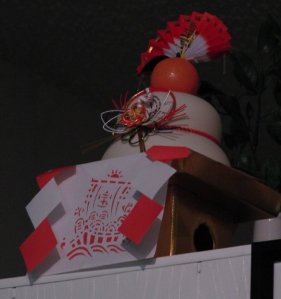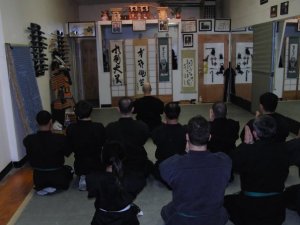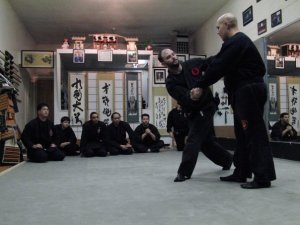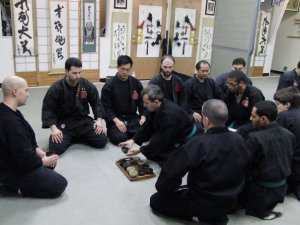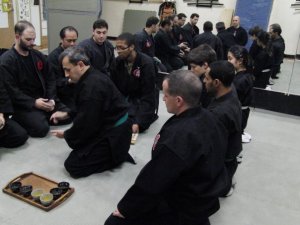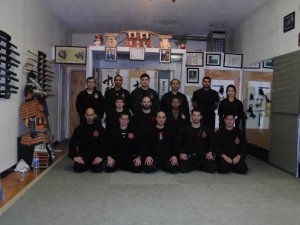For anyone interesting in starting classes at any one of our locations throughout N.J. and N.Y. or would like to host Carbonaro Shihan for a seminar please write an email to chris@bjkninja.com
Also Please visit www.bjkninja.com and fill out our contact form and get a free training manual as well as information about our latest Bujinkan Products!
Last night in class, we had about 15 students. This number is actually quite large for my group. In total, we have about 30 students, and it is great to have half of them in class. Have you ever noticed how the training changes based on the enviornment you are training in? When I was living in Japan, I saw various groups, as well as amounts of people training in the Hombu dojo. You often hear people complaining that there are too many people in the dojo. However, this is when Soke is at his best. What do I mean by this? Well, the more people in the room the greater the energy. This is why it is very important to pay attention to your enviornment. We need to recognize not only how to use this energy, but also how to control it.
When I speak about control, I do not mean it in a negative way. Not like trying to cage an animal, or lock people in prison. Haven’t you ever wondered why there are little to no injuries in the dojo? This is a form of control. If the teacher of the class becomes overly excited, or overwhelmed this could mean trouble for the students. Often we can get as exictied as a child who recieves a new toy. Sometimes the child can not control his or her excitement, and the toy breaks. We can also be overwhelmed by luck, money, and opportunities. We as budoka have to learn how to control, cultivate and direct this energy.
I find myself at times being overly excited at seminars as well as large classes. I notice teachers like Paul Masse Shihan and Duncan Stewart Shihan teaching and training with a good sense of control. We often think that the training begins and ends with techniques. However, it is more than that. We also have to be conscious about how our students are training as well. When you use shi gi tai ichi, mind, body, spirit as one, the techniques may look powerful, but yet the technique is actually done with little to no effort.
For example, the other night in class, we were working on Jissen Gata from a grab punch. There was an omote gyaku somewhere in the technique. All of of sudden I heard a student scream STOP! STOP! YOU ARE GOING TO BREAK MY ARM! As I looked over, I noticed one of the students trying to force an omote gyaku on another student. I then stopped the class to explain that I am not using power to force a joint lock, rather I am using my body as one unit to take the joint lock. However, to a new student it looks like I am using great amounts of force to take the technique.
This is another point about energy that we need to be aware of. We as the teacher maybe emitting energy that is too strong for our students to bare. There are many aspects to the Martial arts, no matter which art you may study. Remember to stay focused and train well. Show up to class on time, and make it to as many events as possible. We only have a short time on this earth, and we need to use our time wisely.
Gambatte Kudasai!
Sincerley,
Chris Carbonaro
Bujinkan Shihan
To learn more about Carbonaro Shihan, please visit our about us page at

